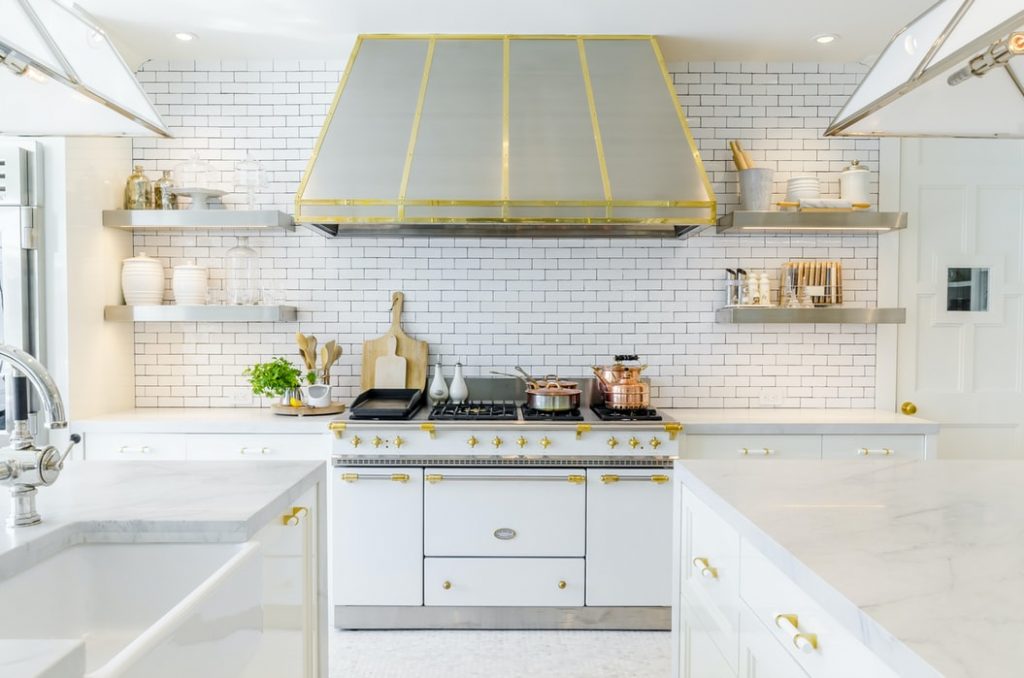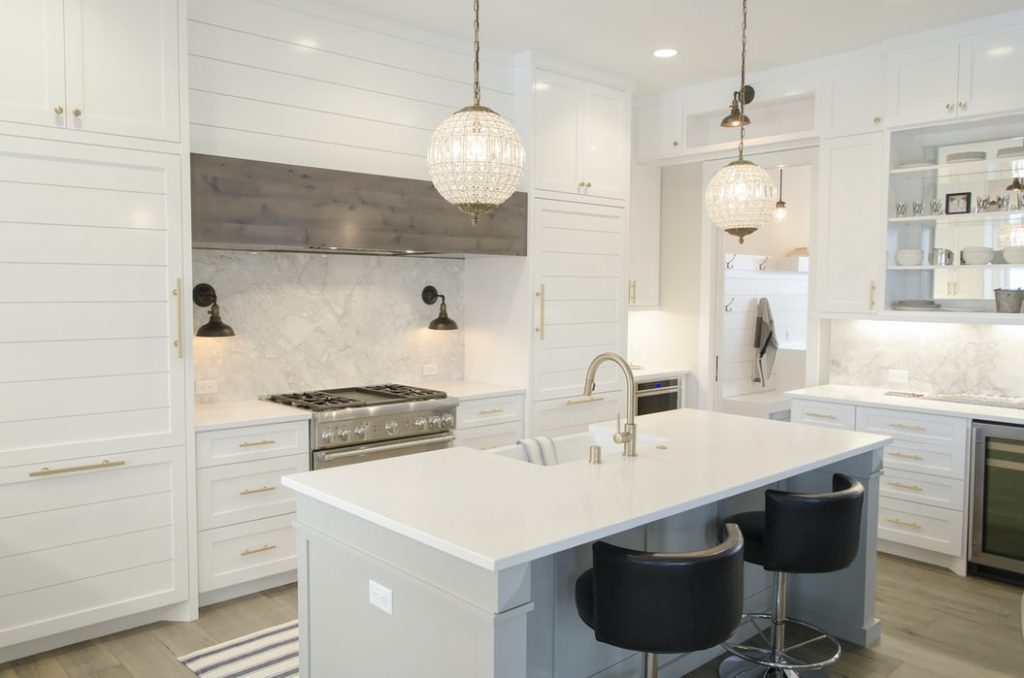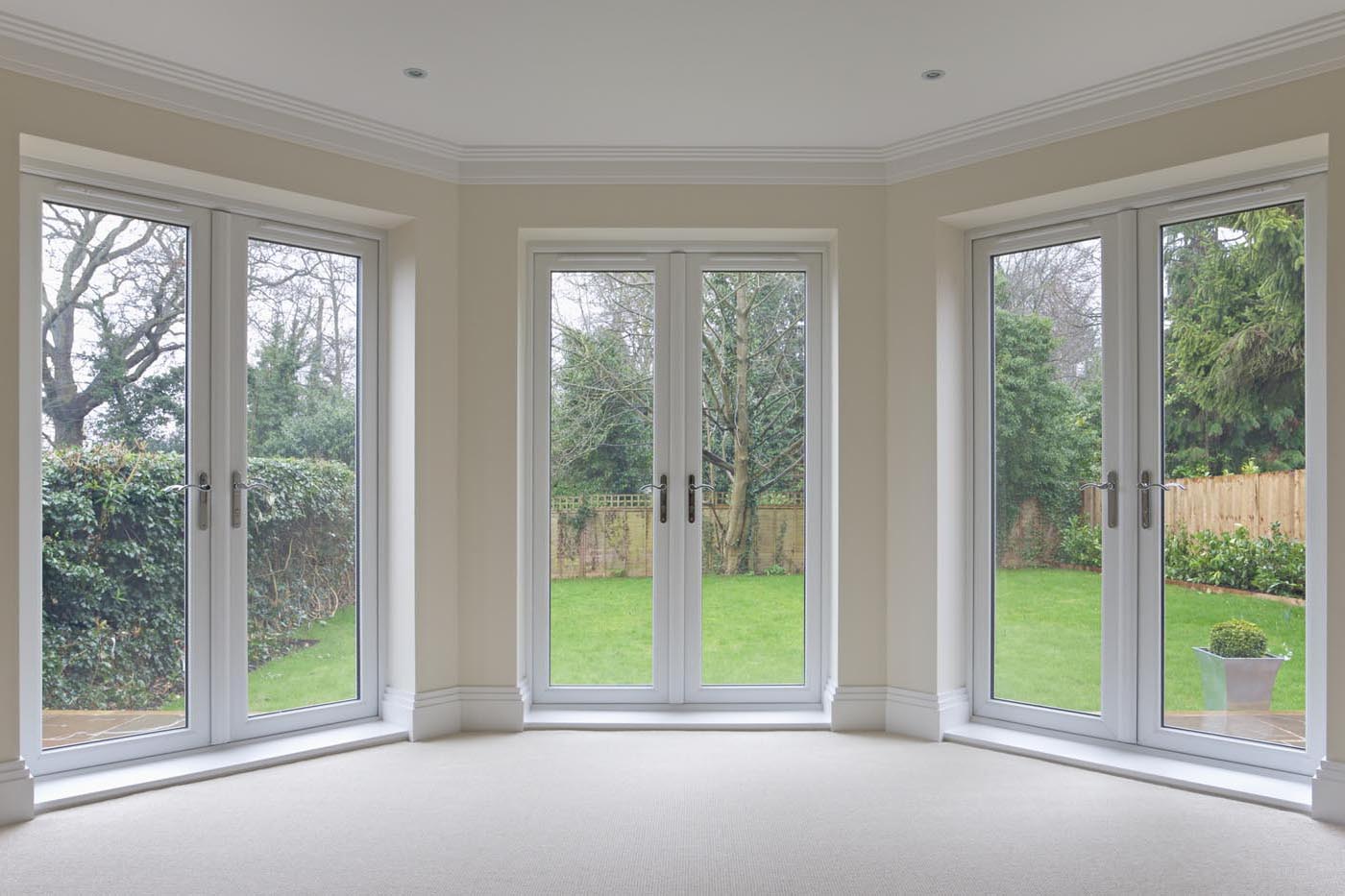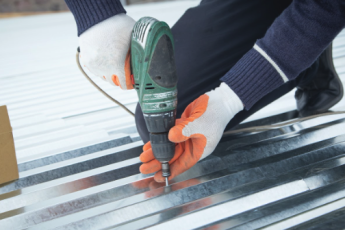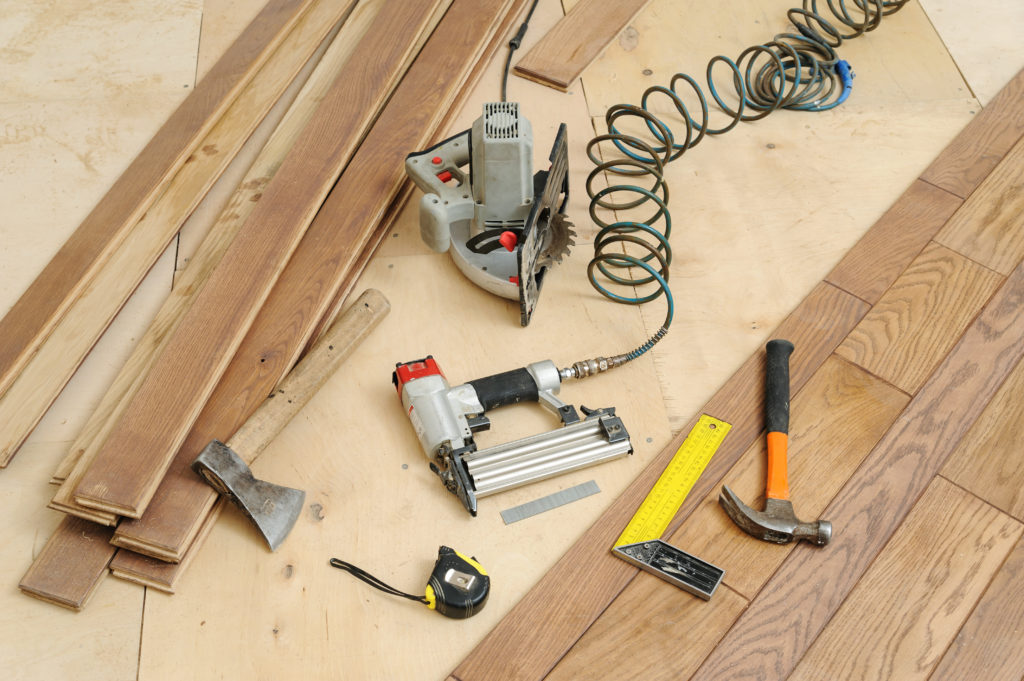Marble vs Granite Benchtop: Which Is Better for Your Kitchen?
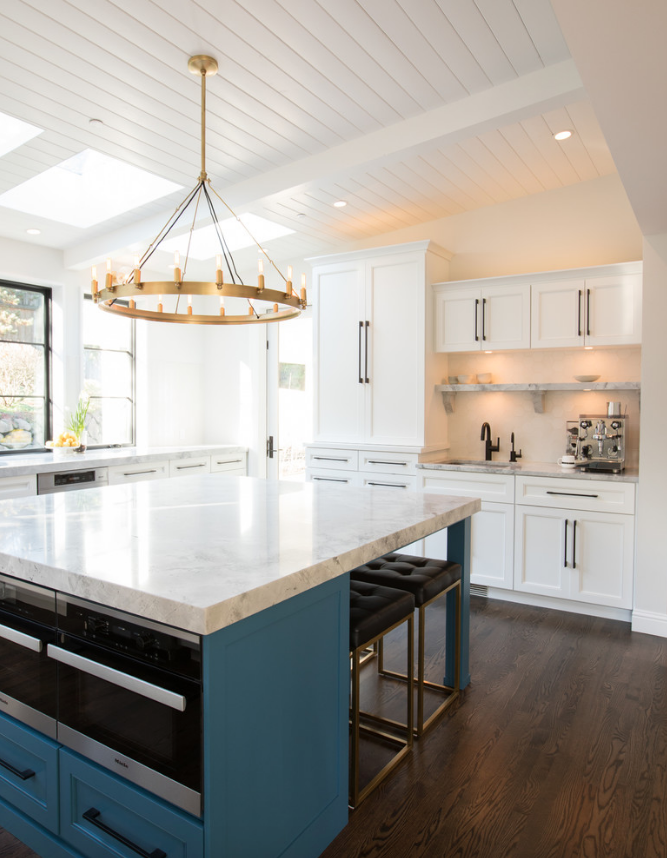
Choosing the right material for your kitchen benchtop can make all the difference in both style and functionality!
Marble and granite are two of the most popular options, but which one truly stands out? Keep reading to discover the pros and cons of each, and find out which is the better choice for your kitchen.
Aesthetic Appeal: Which Material Offers Better Style?
When it comes to style, both marble and granite offer distinct looks that can enhance any kitchen. A marble benchtop is known for its elegant and timeless appearance, with its unique veining and smooth finish adding luxury to the space. On the other hand, granite brings a more natural, textured look with a wide range of colors and patterns.
If you’re looking for a more sophisticated and refined aesthetic, marble might be the better choice. However, granite offers a bold, earthy look that can suit a variety of kitchen designs. Ultimately, the right material depends on your personal taste and the overall style you want for your kitchen.
Resistance to Stains and Scratches: A Comparison
A marble benchtop is more susceptible to staining, especially from acidic substances like wine, citrus, or vinegar. These stains can be hard to remove without proper sealing and care.
Granite, on the other hand, is less porous and more resistant to staining, making it a better option for high-traffic kitchens. It also handles scratches better, although it can still be scratched under certain conditions.
While both materials require regular maintenance, granite’s stronger resistance to damage makes it a more practical choice for those who need a hard-wearing surface. In contrast, a marble benchtop may require extra care to maintain its beauty over time.
Heat Resistance: Which Benchtop Material Holds Up Better?
A marble benchtop is more sensitive to high temperatures and can crack or discolor if hot pots or pans are placed directly on it. Granite, however, can handle heat better and is less likely to suffer damage from hot cookware.
While granite still requires caution, such as using trivets or hot pads, it’s more durable when exposed to heat compared to marble. Both materials are sturdy, but if you often cook with high heat, granite may be the safer choice.
It’s important to remember that no benchtop is completely heatproof, so always protect the surface with proper kitchen accessories.
Cost Comparison: Which One is More Affordable?
Cost can be a major factor when choosing between marble and granite countertops. A marble benchtop is often more expensive due to the cost of the stone itself and the extra care required during installation.
Granite is generally more affordable, though prices vary depending on the color, pattern, and source of the stone. While there are budget-friendly marble options, they may not have the same quality or appearance as premium slabs.
Over time, maintenance costs should also be considered, as marble may require more frequent sealing and repairs. For many homeowners, granite provides a cost-effective balance of beauty and durability.
Lifespan: How Long Will Your Benchtop Last?
The lifespan of your kitchen benchtop depends on the material and how well it is maintained.
A marble benchtop can last for decades, but it may show signs of wear sooner if it is exposed to heavy use without proper care. Granite is generally harder and more resistant to damage, which can help it maintain its appearance for a longer time. Both materials can serve you well for many years if they are regularly sealed and cleaned.
While granite may have an advantage in durability, a marble kitchen countertop can still be a long-lasting option for those willing to give it extra attention. Choosing the right material comes down to balancing your style preference with how much maintenance you are willing to do.
Installation Process: Is One Easier to Install than the Other?
The installation process for a marble benchtop can be more challenging compared to granite due to the material’s delicate nature. Marble requires careful handling to avoid cracking or chipping during the installation, which can make the process a bit more complex.
However, many homeowners prefer marble for its sophisticated and luxurious appearance, making the extra effort worthwhile. On the other hand, granite is a bit more forgiving during installation, as it is harder and less likely to break.
While both materials require professional installation for the best results, the added care needed for a marble benchtop can ultimately lead to a stunning, timeless finish. For those who value beauty and are willing to put in the effort, marble offers a more elegant solution.
Maintenance Requirements: Which Material Requires More Attention?
A marble benchtop requires more maintenance compared to granite due to its porous nature. It is more susceptible to staining, especially from acidic substances like wine or lemon juice. Regular sealing is necessary to protect the surface and maintain its beauty.
Granite, on the other hand, is more durable and less prone to stains, making it easier to maintain over time. While granite still benefits from occasional sealing, it generally needs less attention than marble. Both materials should be cleaned with non-abrasive products to avoid damaging their surfaces.
Overall, if you are willing to put in extra care and attention, a marble benchtop can remain stunning for years. However, granite may be the better option for those seeking low-maintenance beauty.
Final Verdict: Which Benchtop Material is Right for Your Kitchen?
Choosing between a marble or granite benchtop depends on your needs, style, and maintenance preferences.
If you are looking for timeless beauty and an elegant, luxurious look, a marble benchtop is an excellent choice. Its unique veining and sophisticated appearance can elevate the look of any kitchen. However, marble does require more maintenance, as it is more prone to stains and scratches. If you prefer a more durable and low-maintenance material, granite may be the better option. It offers strength, heat resistance, and a wide variety of styles at a more affordable price.
Ultimately, both materials have their benefits, so it comes down to how much effort you’re willing to put into upkeep and what suits your kitchen’s style. Consider your cooking habits and aesthetic preferences when making the final decision for the best long-term investment in your kitchen.


